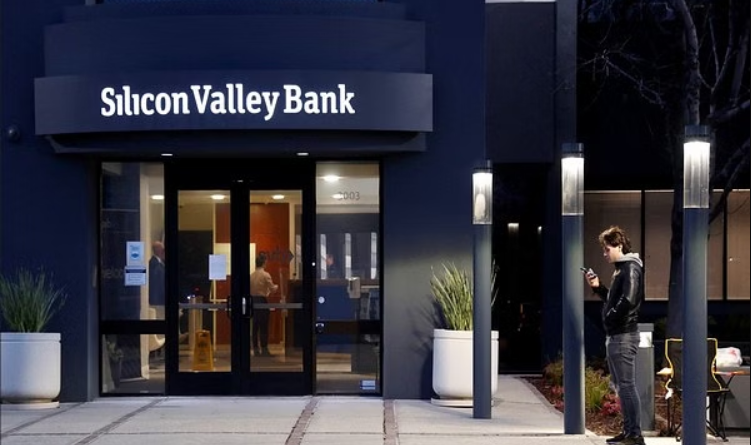
Friday, the US Federal Reserve Board announced the results of Vice Chair for Supervision Michael S. Barr’s review of the supervision and regulation of Silicon Valley Bank.
The analysis identifies four main conclusions regarding the reasons for the bank’s failure:
Silicon Valley Bank’s board of directors and management failed to manage their risks; Federal Reserve supervisors did not fully appreciate the extent of Silicon Valley Bank’s vulnerabilities as it grew in size and complexity;
When supervisors did identify vulnerabilities, they did not take sufficient steps to ensure Silicon Valley Bank fixed those problems quickly enough; and the Board’s tailoring approach in response to the Economic Growth, Regulatory Relief, and Consumer Protection Act of 2012 was insufficient.

“Following Silicon Valley Bank’s failure, we must strengthen the Federal Reserve’s supervision and regulation based on what we have learned,” said Vice Chair for Supervision Barr. This review is the first stage in that process; it is a self-evaluation that takes a hard look at the conditions that led to the failure of the bank, including the role of Federal Reserve supervision and regulation.
The report discusses in depth the administration of the bank as well as the regulatory and supervisory issues surrounding the bank’s failure. More than two dozen documents comprising the bank’s confidential supervisory information, including supervisory letters, examination results, and supervisory warnings, are included.
“I welcome Vice Chair Barr’s comprehensive and self-critical report on Federal Reserve supervision,” said Federal Reserve Chair Jerome H. Powell. “I agree with and support his recommendations to address our rules and supervisory practices, and I am confident that they will lead to a stronger and more resilient banking system.”
The report and documents describe the bank’s rapid expansion as well as the difficulties Federal Reserve supervisors encountered in identifying the bank’s vulnerabilities and compelling it to repair them. At the time of its failure, the bank had 31 unaddressed safety and soundness supervisory warnings, which is three times the average number of unresolved warnings among peer institutions.
